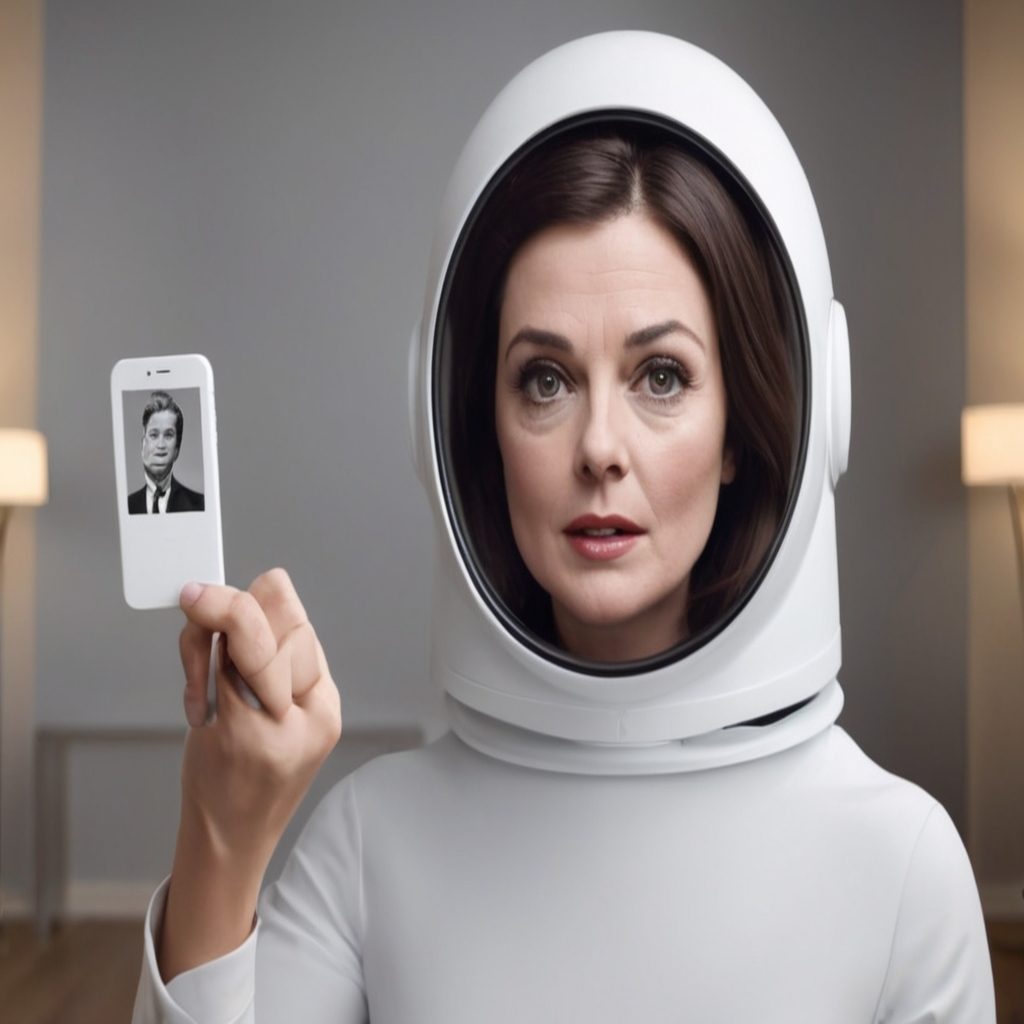Tesla’s Optimus program is making rapid strides in the field of robotics, with its second-generation humanoid robot showcasing remarkably human-like movements. Tesla’s journey beyond the automotive industry into artificial intelligence and robotics is gaining momentum, with Optimus Gen 2 displaying incredible capabilities.
Tesla has been extending its reach beyond traditional automotive manufacturing for years, and two of its most promising ventures are artificial intelligence and robotics. These endeavors, represented by Tesla’s Full Self-Driving (FSD) and the Optimus bot program, have the potential to reshape industries and significantly impact Tesla’s future.
The progress in these areas is interlinked, with Tesla Vision, developed for its electric vehicles, playing a crucial role in providing vision to Optimus robots. Moreover, artificial intelligence efforts are shared between Tesla’s FSD and Optimus bots. While FSD updates may not appear to advance rapidly, Optimus robots have proven to be fast learners, as evident from recent updates shared by the Tesla Optimus team.
From concept to reality: The evolution of Optimus
Tesla first announced its ambition to develop humanoid robots in 2021, which was met with skepticism, especially after a human dressed as a robot danced on stage during Tesla’s AI Day. However, Tesla’s progress in this field has silenced critics. In 2022, Tesla introduced Bumblebee and an early prototype of the Optimus bot. Although these early versions were limited in their capabilities, they laid the foundation for rapid advancements.
In less than a year, Optimus transitioned from being unable to move on its own to performing yoga moves with grace and precision. It gained the ability to acquire new skills by observing humans, a feat achieved through the application of Tesla Vision and AI learning. Optimus exhibited proprioception, the ability to precisely locate its limbs in space, showcasing remarkable progress in a short time frame.
Optimus Gen 2: The human-like robot
The second-generation Optimus robot represents a significant leap forward in Tesla’s robotics program. The robot’s design, actuation system, and sensors have been completely overhauled. One of the most striking improvements is found in Optimus’s hands, which now boast 11 degrees of freedom, enabling delicate and precise movements that closely mimic human capabilities.
These hands feature tactile sensing in all ten fingers, allowing Optimus to manipulate fragile objects like eggs without causing damage. Tesla CEO Elon Musk has even suggested that the robot could thread a needle within a year, a remarkable testament to its dexterity and precision.
The realism of Optimus Gen 2
The video demonstration of Optimus Gen 2’s capabilities may seem almost too good to be true. To address skepticism, the Tesla Optimus team clarified that no CGI was involved in creating the videos. The robot’s movements were recorded in real-time, without any manipulation to enhance fluidity. In terms of performance, Optimus walks 30% faster and has shed 22 lbs. (10 kg) in weight without compromising its other capabilities.
The video concludes with two Optimus bots dancing, a remarkable achievement that highlights the robots’ agility and coordination. While the idea of dancing robots is captivating, it is more likely that these robots will first find applications on production lines at Tesla’s gigafactories, marking a significant leap in automation in the manufacturing sector.
The potential impact of Optimus Gen 2
The advancements in Optimus Gen 2 have far-reaching implications across industries. Beyond manufacturing, where these robots could revolutionize production processes, there are possibilities in healthcare, hospitality, and more. The ability to perform intricate tasks with human-like precision opens doors to a wide range of applications.
In essence, Optimus Gen 2 represents a significant step towards realizing the potential of robotics and artificial intelligence in enhancing human productivity and efficiency. It aligns with Tesla’s broader vision of leveraging technology to shape the future of multiple industries.
Tesla’s Optimus Gen 2 robot is a testament to the rapid evolution of technology and its potential to transform various sectors. With human-like movements, advanced dexterity, and the ability to acquire skills through AI learning, Optimus Gen 2 has the potential to impact industries in profound ways. As it continues to evolve and mature, the robotics landscape is set to witness groundbreaking advancements that could shape the future of automation and human-robot collaboration.





